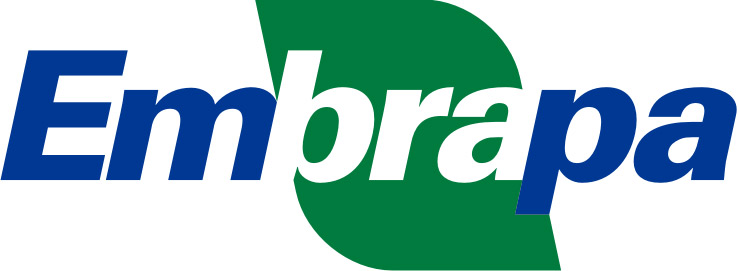Por favor, use este identificador para citar o enlazar este ítem:
http://www.infoteca.cnptia.embrapa.br/infoteca/handle/doc/13136Registro completo de metadatos
| Campo DC | Valor | Lengua/Idioma |
|---|---|---|
| dc.contributor.author | BONATO, P. S. | eng |
| dc.contributor.author | LANCHOTE, V. L. | eng |
| dc.contributor.author | DREOSSI, A. de C. | eng |
| dc.date.accessioned | 2019-07-16T19:42:13Z | - |
| dc.date.available | 2019-07-16T19:42:13Z | - |
| dc.date.created | 1999-07-20 | |
| dc.date.issued | 1999 | |
| dc.identifier.citation | Journal of High Resolution Cromatography, v.22, n.4, p.239-241, 1999. | eng |
| dc.identifier.uri | http://www.infoteca.cnptia.embrapa.br/infoteca/handle/doc/13136 | - |
| dc.description | Tebuthiuron (N-[5-(1,1-dimethylethyl)-1,3,4-thiadiazol-2-yl]-N,N-dimethylurea) is a phenylurea herbicide used in sugar cane culture for the pre- and post-emergence control of weeds [1,2]. Analysis of tebuthiuron (Figure 1) and of other phenylurea herbicides in environmental samples can be performed by HPLC [3-10], or by gas chromatography using selective detectors such as nitrogen-prosphorus detector (NPD), eletron-capture detector (ECD), or a mass spectrometer (MS) [11-16]. Although Loh et al [17] reported that the use of temperatures above 280oC permits quantitative tebuthiuron breakdown, thus permitting the analysis of the products of decomposition formed, methods based on gas chromatography usually involve a derivatization step to permit analysis of this thermal unstable herbicide in its unchanged form [11,12,18]. These methods have been applied to the determination of tebuthiuron residues in soil, foods, and plant material but none of them has been reported for the evaluation of this compound in water. In the present study we describe two methods for tebuthiuron analysis in water samples. The samples were first analyzed by HPLC and the results were confirmed by GC-MS after acetic anhydride derivatization. The methods were applied to the analysis of this herbicide in surface and ground water samples colected from the Espraiado Stream watershed (Ribeirao Preto region, state of Sao Paulo, Brazil). This watershed represents one of the reloading points of the Botucatu ground water table, the largest and most important one in the center-south region of Brasil, including eight Brazilian states and parts of Argentina, Uruguay, and Paraguay, and covering an area of approximately 1.200.000 km2 [19]. | eng |
| dc.language.iso | eng | eng |
| dc.rights | openAccess | eng |
| dc.subject | Analysis | eng |
| dc.subject | Contamination | eng |
| dc.subject | Residues | eng |
| dc.title | High performance liquid chromatographic screening and gas chromatography-nass spectrometry confirmation of tebuthiuron residues in drinking water. | eng |
| dc.type | Artigo de periódico | eng |
| dc.date.updated | 2019-12-12T11:11:11Z | |
| dc.subject.nalthesaurus | calibration | eng |
| dc.subject.nalthesaurus | environmental impact | eng |
| dc.subject.nalthesaurus | groundwater | eng |
| dc.subject.nalthesaurus | herbicides | eng |
| dc.subject.nalthesaurus | quality control | eng |
| dc.format.extent2 | p. 239-241 | eng |
| riaa.ainfo.id | 13136 | eng |
| riaa.ainfo.lastupdate | 2019-12-12 -02:00:00 | |
| dc.contributor.institution | EMBRAPA-CNPMA. | eng |
| Aparece en las colecciones: | Folder / Folheto / Cartilha (CNPMA)  | |
Ficheros en este ítem:
| Fichero | Descripción | Tamaño | Formato | |
|---|---|---|---|---|
| BonatoHigh.pdf | 307.76 kB | Adobe PDF |  Visualizar/Abrir |









